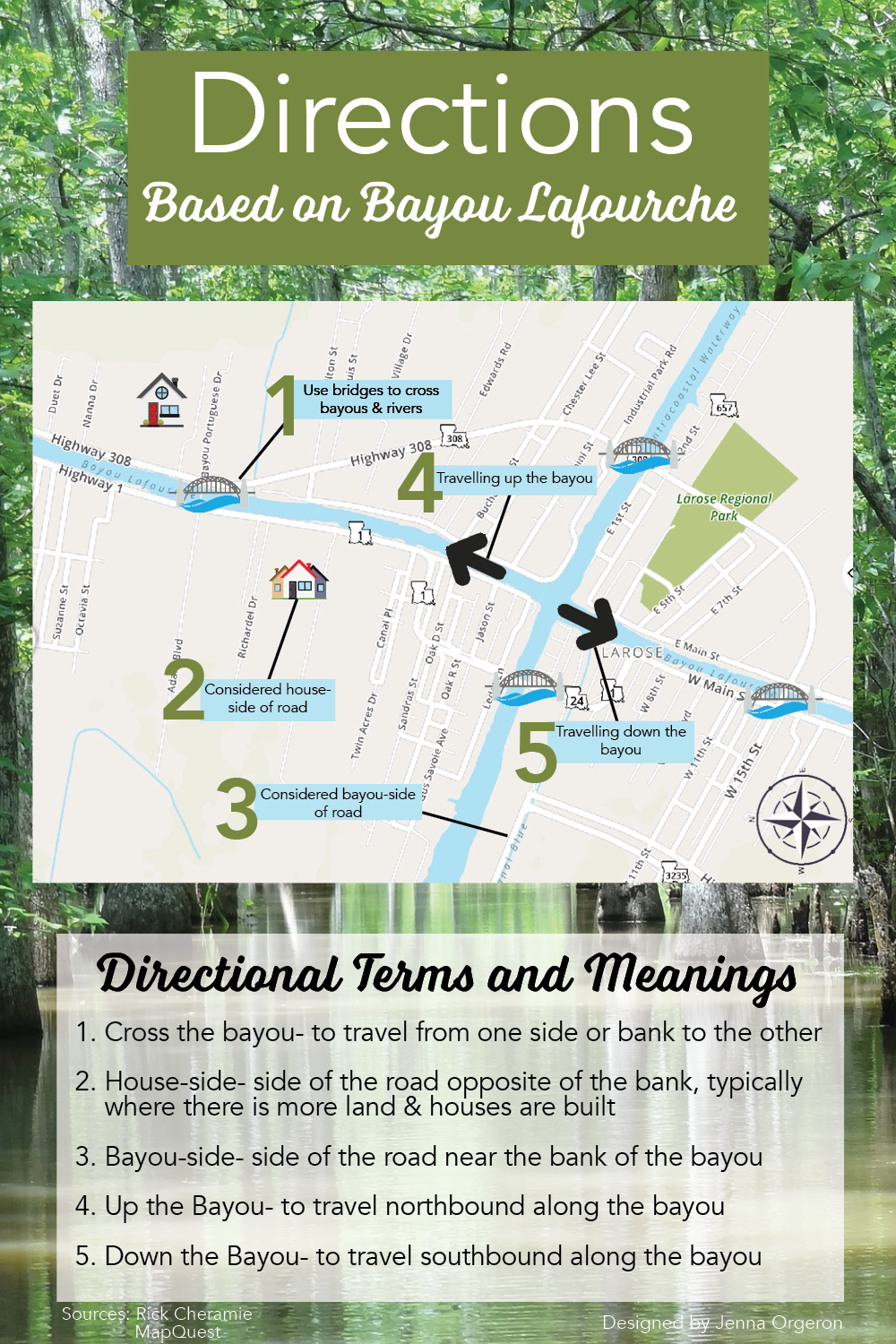by Jenna Orgeron, Special Sections Editor
Whether acting as an obstacle or navigation tool, the waterways of Louisiana’s bayou region affect the way residents travel and give directions.
Daily commutes require a little more planning when bridges and boat traffic have to be figured in. Especially when a bridge is out, leaving travelers stranded.
Currently, the Sunshine Bridge, a large bridge near Donaldsonville that crosses over the Mississippi River and services traffic between New Orleans and Baton Rouge, was closed for almost two months because the damage it sustained from a barge collision on Friday, Oct. 12. The closure has affected businesses, residents, and commuters who use the bridge for daily transportation. The bridge opened one lane each way Saturday, Dec. 1.
According to Louisiana State Trooper Simon Besson, many residents in the towns surrounding the bridge, like Donaldsonville and Burnside, are being forced to either take the inconvenient 45-mile detour to get across the river or the Plaquemine Ferry, which has added extra hours because of the bridge closure.
“My 10-minute commute to work is now an hour of driving, plus dealing with traffic,” says Natalie Millet, a Donaldsonville resident who works at Louisiana Treated Lumber Inc.
Though at times the overwhelming presence of water makes travel more difficult, it also provides a source of directions to navigate around the bayou region. Some southern Louisianans, like Rick Cheramie, have developed unique terms to give directions based on the bayous, rivers, landmarks, and infrastructure in the surrounding area.
“We can’t tell someone ‘walk south for 12 blocks’; we don’t really have that here,” says Cheramie, a tugboat captain who tows large boats through the bayous of South Louisiana. “We have the bayous and rivers, so that’s what we use.”
According to Cheramie, an example of directions to the grocery store would be: “Go down the bayou for about 2 miles and cross the [bayou or river] at the first bridge you come to. Keep going down the [bayou or river] for about 7 more miles and the grocery store will be on the house-side of the road. Ya got that?”
Though traveling and navigating in this part of Louisiana can be unusual, the residents who have built close-knit communities and an entire culture surrounding these waterways choose to stay, because as Millet says,
“It’ll always be home.”

